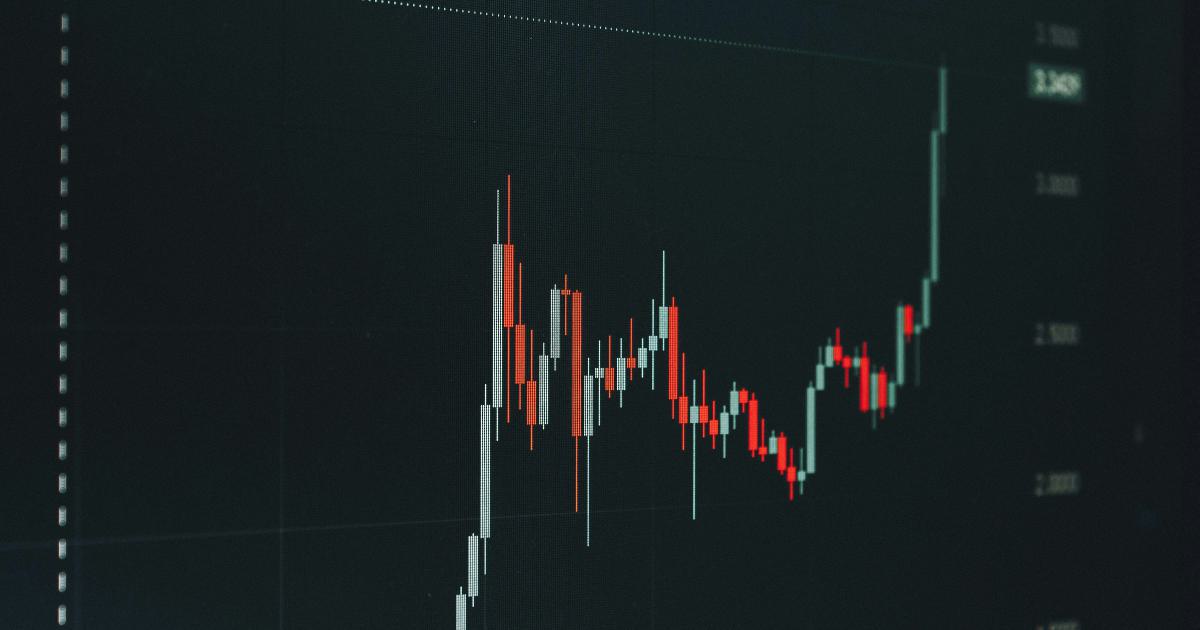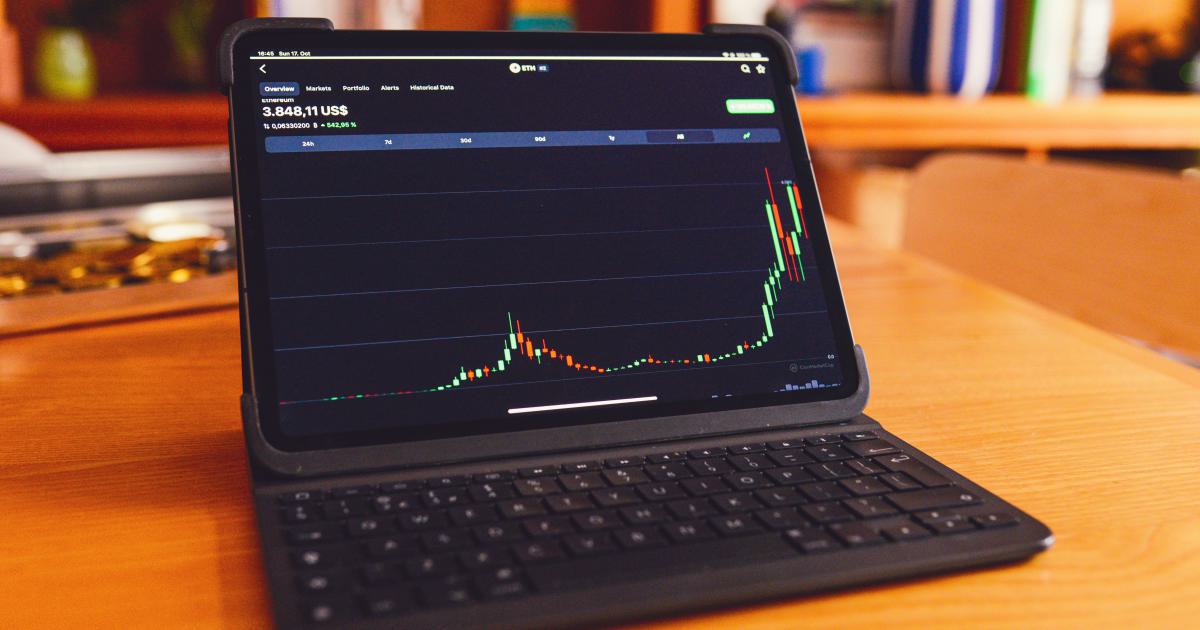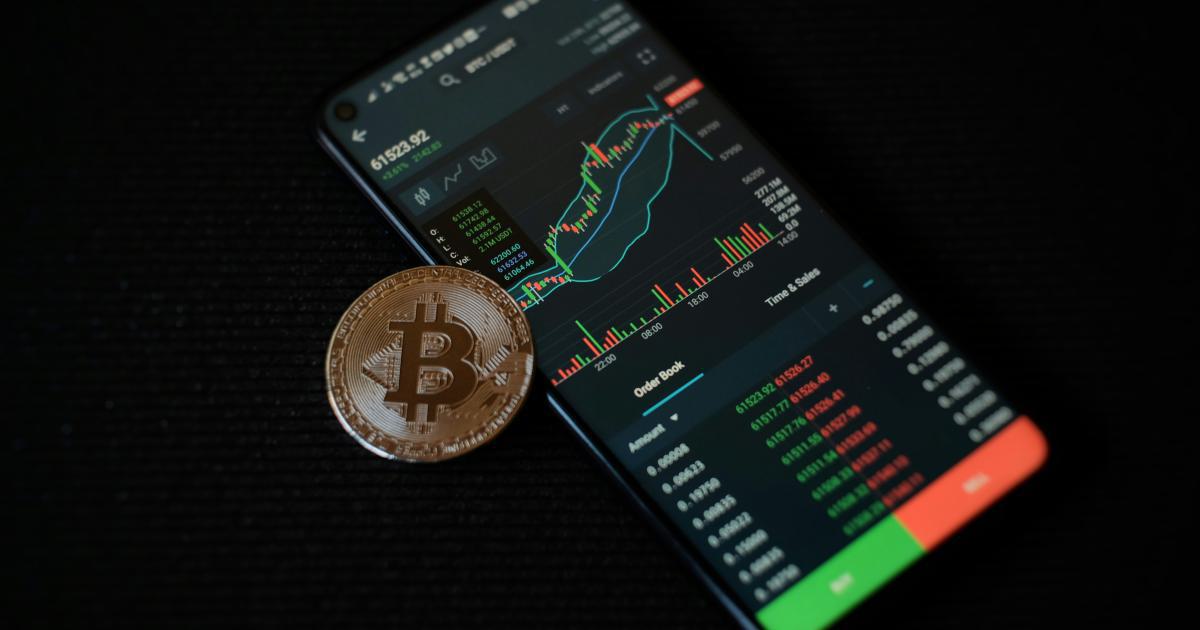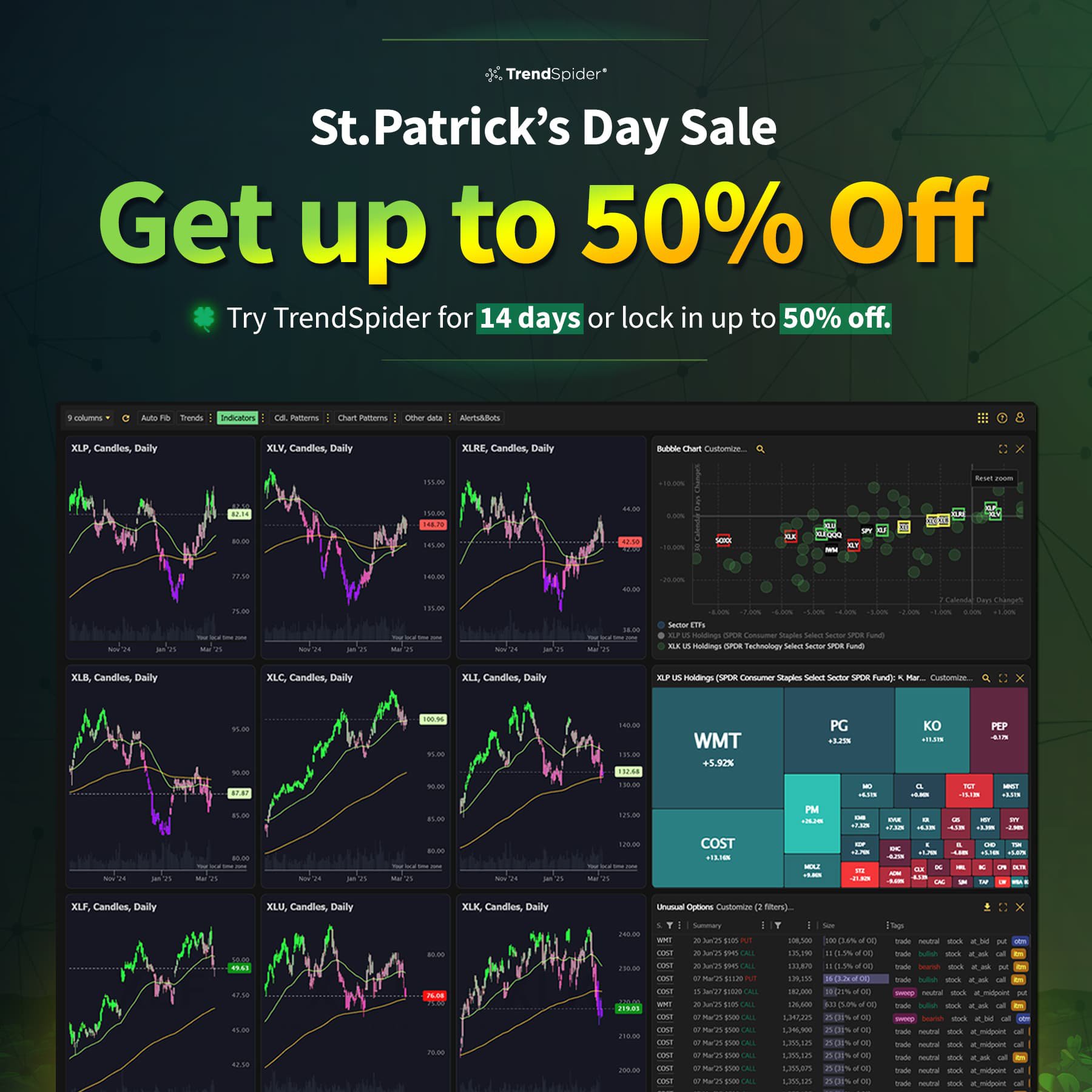How to Manage Risk With Futures?

Futures markets offer an exciting opportunity for traders and investors alike, and a key element to succeeding in this space is learning how to manage risk with futures. In this comprehensive guide, we will explore every facet of handling risk when trading futures contracts, from the basics of understanding how futures work to the advanced strategies that can mitigate losses. The discussion will include the importance of evaluating market volatility, setting clear stop-loss parameters, and using hedging strategies to protect your investment. Whether you are a novice or a seasoned investor, grasping these concepts is vital for building a robust trading plan and staying ahead in a competitive market.
Understanding Futures Markets
Futures contracts are standardized agreements to buy or sell an asset at a predetermined price on a specified future date. They are used by a wide range of market participants, from individual traders to large financial institutions, to hedge against potential losses or speculate on future price movements. The mechanics behind these contracts offer both opportunities and significant risks, necessitating a solid understanding of their structure and the various factors that influence their pricing.
The Basics of Futures Contracts
Futures contracts derive their value from the underlying asset, which can include commodities like oil, gold, or agricultural products, as well as financial instruments such as currencies or stock indices. The standardization of these contracts means that they are regulated on formal exchanges, which enhances liquidity and provides a level of transparency to the market.
Key aspects include:
- Expiration Date: Futures have a fixed expiration date, after which the contract is settled either physically (delivery of the commodity) or financially (cash settlement).
- Leverage: Futures allow traders to control large positions with a relatively small amount of capital, increasing both potential gains and losses.
- Margin Requirements: Traders must maintain a margin account and deposit an initial margin. This acts as a performance bond ensuring that the contracts can be fulfilled.
These characteristics make futures a powerful but complex instrument, necessitating a careful and well-planned strategy to manage inherent risks.
Market Participants and Their Roles
Market participants in the futures arena can be classified into two broad categories: hedgers and speculators. Hedgers use futures contracts primarily to reduce their exposure to price fluctuations in an asset they already hold, such as a farmer locking in a price for their crop. Speculators, on the other hand, aim to profit from short-term price movements and are more inclined to take on higher risks.
Understanding the objectives of these participants can provide valuable insights into market behavior:
- Hedgers: Typically include producers, consumers, and financial institutions seeking safety and stability.
- Speculators: Usually rely on technical analysis and market sentiment, driving volatility in the sector.
Each group contributes to the price discovery process, and their interactions can create both opportunities and risks for every participant in the futures market.
Regulatory Environment and Its Impact
Regulation plays a crucial role in the futures markets by ensuring a fair and transparent system. Agencies such as the Commodity Futures Trading Commission (CFTC) in the United States oversee these markets to prevent manipulation and fraud. Strict regulatory frameworks not only protect individual investors but also help maintain market integrity by ensuring that all participants adhere to established rules.
Effective regulation allows traders to focus on risk and trading strategies without worrying about systemic market abuses. However, it also means that traders need to stay updated with new rules and regulatory changes that could affect their strategies.

Principles of Risk Management in Futures Trading
Managing risk with futures involves a delicate balance between pursuing potential gains and protecting against significant losses. Effective risk management strategies can be categorized into several principles that every trader should follow.
Defining Your Risk Tolerance
One of the first steps in risk management is understanding your risk tolerance level. This means knowing how much of your trading capital you are willing to expose to risk. A clear assessment of risk tolerance helps in setting realistic expectations and ensures you do not over-leverage your position in the market.
Factors influencing risk tolerance include:
- Trading Experience: Novice traders might opt for conservative strategies, while experienced traders could adopt more aggressive approaches.
- Financial Situation: The portion of your capital allocated to futures trading should be only what you can afford to lose.
- Market Conditions: Volatile markets may require a lower risk tolerance threshold compared to stable, trending markets.
By knowing your limits, you can avoid the pitfalls of emotional trading, wherein losses compound due to reactive decisions in turbulent market conditions.
Setting Stop-Loss Orders and Profit Targets
Implementing stop-loss orders is a fundamental strategy in risk management. These orders automatically close your position when the price moves against you by a predetermined amount. This helps to prevent small losses from spiraling into significant capital erosion. Equally important is the need to set profit targets. Having both a stop-loss and a take-profit level creates a balanced risk-to-reward ratio.
Effective strategies include:
- Trailing Stops: Adjusting stops as the market moves in your favor to lock in profits.
- Fixed Stops: Establishing a non-negotiable exit point that limits losses.
- Risk-to-Reward Analysis: Ensuring that for every dollar risked, there is a reasonable expectation of higher profit.
These strategies should be reviewed and adjusted regularly depending on market conditions and your evolving trading strategy.
Diversification Strategies
One of the tenets of risk management is not putting all your capital into a single investment. Diversifying across multiple asset classes, sectors, or even regions can mitigate risks substantially. In futures trading, this might mean investing in different types of contracts—stocks, commodities, currencies, etc.—so that if one market undergoes a downturn, your overall portfolio isn’t devastated.
Examples include:
- Sector Diversification: Balancing investments across various segments like energy, agriculture, and metals.
- Geographical Diversification: Investing in contracts from different economies to mitigate local economic downturn risks.
- Strategy Diversification: Combining various trading strategies, such as hedging along with speculative positions, to create a well-rounded portfolio.
Diversification not only spreads risk but also exposes the trader to multiple streams of potential profit, reducing overall volatility in the portfolio.
Managing Leverage and Margins
Leverage is a double-edged sword in futures trading. While it can amplify gains, it can also lead to significant losses if not controlled properly. Understanding how margin works and adjusting leverage according to market conditions is crucial.
Best practices include:
- Regular Monitoring of Margin Levels: Ensuring that the margin doesn’t fall below required thresholds to avoid margin calls.
- Risk-Based Position Sizing: Allocating position sizes that reflect your overall risk tolerance.
- Avoiding Over-Leveraging: Sticking to conservative leverage ratios, especially in volatile markets.
Each of these measures serves to protect your capital against market swings and ensure that your exposure stays within manageable limits.
Utilizing Hedging Techniques
Hedging is one of the most effective ways to mitigate risk in the futures market. By taking offsetting positions, traders can reduce exposure to unfavorable price moves. For instance, if you're holding a long position in a commodity future, you could take a short position in a related contract to offset potential losses.
Common hedging strategies include:
- Cross-Hedging: Using a related asset to hedge if there is no direct futures contract available for the asset in question.
- Options on Futures: Combining futures with options to create a more flexible risk management strategy.
- Spread Trading: Simultaneously buying and selling related contracts to profit from the price differential.
Hedging can be a powerful tool to minimize losses, especially in highly volatile markets. It allows traders to secure profits and manage uncertainties better.
Tools and Strategies for Managing Risk with Futures
Incorporating sophisticated tools and strategies is essential for any trader looking to manage risk with futures effectively. With technological advancements and the advent of algorithmic trading, today’s futures markets offer a plethora of tools designed to monitor market conditions and assist in decision-making.
Technical Analysis and Charting Tools
Technical analysis is one of the most popular methods used to predict future market movements by analyzing historical price data and volume trends. Charting tools can provide visual insights into market trends which help traders make informed decisions about where to set stop-loss orders and when to enter or exit positions.
Popular charting techniques include:
- Moving Averages: Averaging out price data to identify trends.
- Relative Strength Index (RSI): Indicating overbought or oversold conditions.
- Fibonacci Retracement: Suggesting potential support and resistance levels.
The use of technical indicators helps traders understand market momentum and price behavior, which is crucial for placing strategic trades and avoiding emotional decision-making.
Fundamental Analysis and Market News
While technical analysis focuses on historical data, fundamental analysis dives into the intrinsic value of the underlying asset. This involves studying economic indicators, financial news, interest rate changes, geopolitical events, and other factors that can influence market dynamics.
Key elements include:
- Economic Calendars: Tools that track upcoming economic events which might affect market volatility.
- Supply and Demand Analysis: Understanding the flow of goods and services for commodities.
- Industry Trends and Reports: Keeping abreast of developments in sectors related to your futures contracts.
Staying informed with market news and economic data is equally vital as technical analysis, since unexpected events can alter market directions abruptly.

Algorithmic Trading and Automated Risk Management
With advances in technology, algorithmic trading has become an integral part of modern trading strategies. Algorithms can execute trades based on predefined criteria, ensuring that emotional biases are eliminated from the trading process. These automated strategies can monitor market conditions 24/7 and execute trades according to the risk parameters set by the trader.
Benefits of algorithmic trading include:
- Speed and Efficiency: Algorithms can process information and execute trades in milliseconds.
- Consistency: Automated strategies ensure that risk management rules are followed without deviation.
- Backtesting: Trading strategies can be evaluated on historical data, allowing for refinement and adjustments before applying them in real market scenarios.
Algorithm-based systems often integrate risk management features that automatically adjust or close positions when a certain loss threshold is reached, thereby safeguarding the trader’s capital.
Customizing Risk Management Software
There is an array of proprietary and third-party software solutions designed specifically for futures trading risk management. These tools help in monitoring positions, calculating real-time risk exposure, and suggesting adjustments based on evolving market trends.
Key features to look for in risk management software include:
- Real-Time Analytics: Immediate updates on market movements and portfolio performance.
- Risk Metrics: Calculation of metrics like Value-at-Risk (VaR) to estimate potential losses.
- Custom Alerts: Automated notifications when positions approach predetermined risk limits.
- Simulation Tools: Platforms that allow traders to simulate various market scenarios and their impact on open positions.
Using these sophisticated tools enables traders to adopt a proactive approach to risk management rather than a reactive one.
Case Studies and Real-World Examples
Understanding the theory behind risk management is essential, but real-world examples provide crucial insights into how these strategies function under actual market conditions. Analyzing case studies where traders have either succeeded or failed in managing risk with futures can offer valuable lessons and practical takeaways.
Hedging in Agricultural Markets
Consider a scenario in which a large-scale grain producer faces volatile weather conditions that could impact crop yields. To secure a stable income, the producer enters into a futures contract by locking in a sale price for the grain months ahead. Even if the market experiences a significant price drop due to adverse weather, the contract helps mitigate the potential loss.
This case study highlights several important aspects:
- Risk Reduction: The hedging strategy allows the producer to avoid the full brunt of spot market volatility.
- Predictability: It brings a level of predictability to income, which is essential for budget planning and financing.
- Long-Term Stability: By managing risk through futures contracts, the producer can focus on operations rather than worrying about fluctuating market conditions.
Real-world scenarios like this demonstrate how hedging not only secures profits but also stabilizes businesses facing external uncertainties.
Speculative Trading Gone Wrong
In another example, a speculative trader decided to leverage heavily on crude oil futures. The trader ignored the underlying fundamentals and market signals, over-leveraging the portfolio based on an overly optimistic view of market recovery. When global events led to a sharp decline in oil prices, the trader suffered enormous losses, eventually leading to a margin call.
Lessons learned from this scenario:
- The Danger of Over-Leverage: Excessive use of borrowed capital can quickly magnify losses beyond sustainable levels.
- Importance of Stop-Loss Orders: Without stop-loss orders, small losses escalated into a full-blown capital drain.
- Need for Continuous Monitoring: The trader’s failure to adapt to changing market conditions played a critical role in the outcome.
Understanding these case studies underlines the importance of sticking to risk management principles and never letting emotions drive decisions during market turbulence.
Improved Portfolio Performance Through Diversification
A diversified approach has also proven its worth in managing risk with futures. For example, a seasoned trader maintained positions in various futures contracts including commodities, currencies, and stock indices. When one market experienced downturns, the other positions buffered the overall portfolio, maintaining a balanced risk profile. This multi-asset strategy allowed the trader to steadily grow the portfolio even during periods of high volatility.
Key takeaways from this case:
- Risk Mitigation Through Diversification: Relying on multiple asset classes can significantly reduce the negative impact of adverse market movements.
- Flexibility to Capitalize on Trends: Diversified portfolios allow traders to benefit from various market trends simultaneously.
- Long-Term Portfolio Health: A diversified investment approach contributes to the long-term stability and reduced overall risk of the trading portfolio.
These examples collectively illustrate that whether you are hedging, speculating, or diversifying, a thoughtful approach to risk management with futures is essential to long-term success.

Developing a Comprehensive Risk Management Plan
A well-constructed risk management plan is the backbone of successful futures trading. The foundation of this plan should rest on clearly defined goals, meticulous strategies, and continuous monitoring of market conditions. Below is a step-by-step guide on creating a robust risk management plan.
Step 1: Define Your Objectives and Risk Tolerance
Before entering the futures market, clearly outline your financial goals and the level of risk you are willing to accept. Ask yourself:
- What are my profit targets?
- How much of my portfolio am I prepared to risk on a single trade?
- What are the worst-case scenarios, and how can I mitigate them?
Documenting clear objectives helps in setting the parameters for all subsequent decisions. This foundational step ensures that your risk management plan is aligned with both your financial aims and your personal risk profile.
Step 2: Choose Appropriate Futures Contracts
Selecting the right type of futures contract is essential. Consider the following factors:
- Asset Liquidity: Ensure that the futures contract you choose is sufficiently liquid.
- Historical Volatility: Look at past price movements to gauge risk levels.
- Market Trends: Evaluate both short-term and long-term trends before committing significant capital.
Choosing the right contract plays a vital role in managing risk and setting the stage for a successful trade.
Step 3: Establish Risk Parameters and Position Sizing
With your objectives and contract chosen, determine the risk parameters that will govern each trade. Common parameters include:
- Stop-Loss Levels: Identify prices where trades will be automatically closed to limit losses.
- Position Size: Calculate the amount of capital to allocate per trade based on your risk tolerance.
- Risk-to-Reward Ratio: Ensure that every trade has a favorable potential profit relative to the amount risked.
Practical tools such as risk calculators and position sizing formulas can help in standardizing these parameters across your trading plan.
Step 4: Implement Technology and Software Tools
Utilize trading platforms and risk management software that provide real-time data, alerts, and advanced charting tools. Automation, as covered earlier, is key to ensuring that your stop-loss orders and other risk measures are executed accurately and promptly.
Integrating technology into your plan can streamline your trading operations and aid in maintaining discipline—essential tenets for managing risk effectively.
Step 5: Backtesting and Scenario Planning
Backtesting involves running your trading strategy on historical data to see how it would have performed under varying market conditions. This process helps in:
- Identifying Strengths and Weaknesses: Understand which aspects of your plan are robust and which need refinement.
- Adapting to Market Changes: Scenario planning prepares you for market extremes, reducing the likelihood of being caught off guard.
- Building Confidence: Knowing that your plan has been tested against various scenarios can give you the confidence to execute it under live conditions.
Regular backtesting should be an ongoing process, with your plan adjusted as market conditions evolve and as you gather more trading experience.
Step 6: Continuous Monitoring and Adjustment
No risk management plan remains effective indefinitely. Markets change, and so must your strategies. Set up regular intervals for reviewing your positions, stop-loss orders, and overall market conditions. Constant monitoring allows you to make necessary adjustments and fine-tune your approach to stay ahead of unforeseen market fluctuations.
A disciplined approach to reviewing and updating your risk management plan is the hallmark of a prudent futures trader.
Advanced Considerations and Emerging Trends
As futures markets evolve, so do the strategies and tools employed to manage risk. Advanced traders are increasingly turning to technologies and methods that offer even tighter control over potential losses.
Algorithmic and High-Frequency Trading
Algorithmic trading systems and high-frequency trading (HFT) have transformed the landscape of risk management. These systems harness the power of computers to execute orders at speeds and volumes that humans cannot achieve. This advanced approach helps in minimizing latency, reducing errors, and playing a decisive role in risk management.
Key benefits include:
- Enhanced Execution Speeds: Rapid response to market changes can be the difference between a minor loss and a significant one.
- Efficient Data Analysis: Algorithms process vast amounts of market data quickly, providing actionable insights.
- Risk Adjustment: Automated systems can recalibrate risk parameters in real time, ensuring that the trading strategy remains aligned with market conditions.
Machine Learning and Predictive Analytics
The incorporation of machine learning techniques in risk management promises to further refine futures trading strategies. Predictive analytics can sift through historical data and current market conditions to forecast potential risks and price movements. This layered approach to risk management can improve decision-making by providing advanced warning when market conditions begin to shift.
Advantages include:
- Proactive Risk Mitigation: Early alert systems allow traders to adjust positions before adverse movements cause significant harm.
- Continuous Improvement: The algorithm learns from each trade, refining predictions over time for increasingly robust risk management.
- Enhanced Portfolio Resilience: Predictive analytics, when combined with real-time monitoring, can lead to a more resilient trading portfolio.
Regulatory Trends and Their Impact on Risk Management
Emerging regulatory trends also influence risk management strategies. As governments and regulatory bodies continue to strive for greater market stability, new rules often focus on stricter margin requirements, greater transparency in algorithmic trading, and enhanced oversight of hedge funds. Staying informed about these changes is crucial for adapting your risk management strategies.
Traders should consider:
- Ongoing Education: Regularly updating your knowledge on regulatory changes can help in adapting risk strategies.
- Compliance and Best Practices: Embracing best industry practices not only ensures compliance but also safeguards against unexpected market events.
- Collaboration with Financial Advisors: Professional advice can offer new perspectives and strategies that align with both regulatory requirements and market trends.
Conclusion: Mastering Risk Management with Futures
Managing risk with futures is both an art and a science. The complexity of futures markets demands a comprehensive approach that combines traditional risk management principles with modern technological advances. By defining clear risk parameters, utilizing hedging techniques, employing advanced analytical tools, and continuously updating your strategy, you can navigate the volatile world of futures trading effectively.
The journey toward mastering futures trading is long and requires diligent effort, continuous learning, and adaptability. Whether you are hedging against potential losses, speculating on price movements, or building a diversified portfolio, a robust risk management plan is indispensable. Embrace these principles, and you will be well-equipped to handle the challenges and opportunities that come with trading futures.
In summary:
- Understand the foundational mechanics behind futures contracts.
- Set clear risk tolerance levels and adopt practical measures such as stop-loss orders and diversification.
- Utilize both technical and fundamental analysis for informed decision-making.
- Leverage modern tools like algorithmic trading and predictive analytics to refine your strategies.
- Continuously review and adjust your plan to stay aligned with market conditions.
By developing and adhering to a thorough risk management plan, you empower yourself to manage risk with futures effectively, ensuring that your trading endeavors remain both profitable and sustainable over the long term.

Unlock Trading Potential with Automated Analysis
Tired of missing opportunities and making suboptimal trading decisions? TrendSpider's cutting-edge platform automates complex technical analysis, saving you time and reducing human error.
With multi-timeframe analysis, dynamic alerts, backtesting, and customizable charting, you'll gain a competitive edge in identifying trends and making informed trades across global markets.
Unleash the Power of Automated Trading Analysis
Are you struggling to keep up with the fast-paced trading world? TrendSpider empowers you with cutting-edge tools for optimal strategy execution.
Our automated technical analysis suite eliminates guesswork, backtests strategies, and delivers real-time alerts, saving you valuable time and effort.


